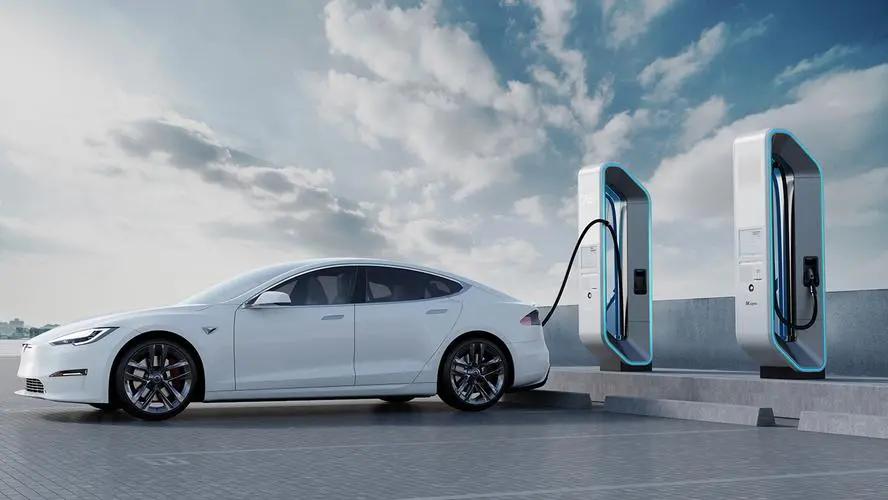Where is Level 1 charging most useful?

What is a Level 1 charger for then, if it takes so long? Level 1 charging may take a while, but it still makes sense in residential settings, and some worksites may opt to have a set of 120-volt outlets available for employees to use with their own charging cables. Level 1 charging may also work well for plug-in hybrid vehicles, which tend to have smaller batteries and charge more quickly.
The main draw of Level 1 charging stations is affordability and ease: A homeowner can simply park their EV in a garage and plug it into an existing outlet. Drivers with short commutes or those who don’t use a personal vehicle often can get by with using Level 1 chargers most of the time.
The drawback, besides the slow charging time, is remembering to plug in every night. For those without a garage, having to set up at an outlet with a charging cord can also be a hassle.
Now that you know all about Level 1 chargers, you may be wondering how they compare to other charging levels. As noted, Level 1 charging is much slower than Level 2 and Level 3 charging and is used in residential settings, where EV drivers have plenty of time to stick around and wait for their car to be fully charged.
On the other hand, Level 2 charging stations can provide about 40 km (~25 miles) of range per hour of charging, but they are not as easy to set up at home. Level 2 charging requires the installation of a Level 2 EV charger, usually with a 240-volt outlet. Private residences would need an electrician to install a higher-voltage outlet, which could mean adding a circuit to their electric board. Most public EV charging stations are Level 2 charging stations because most EVs can connect to them via a J port, same as they would to a cable for Level 1 charging. Passenger EVs can use Level 1 and Level 2 charging stations interchangeably.
Post time: Oct-26-2023








